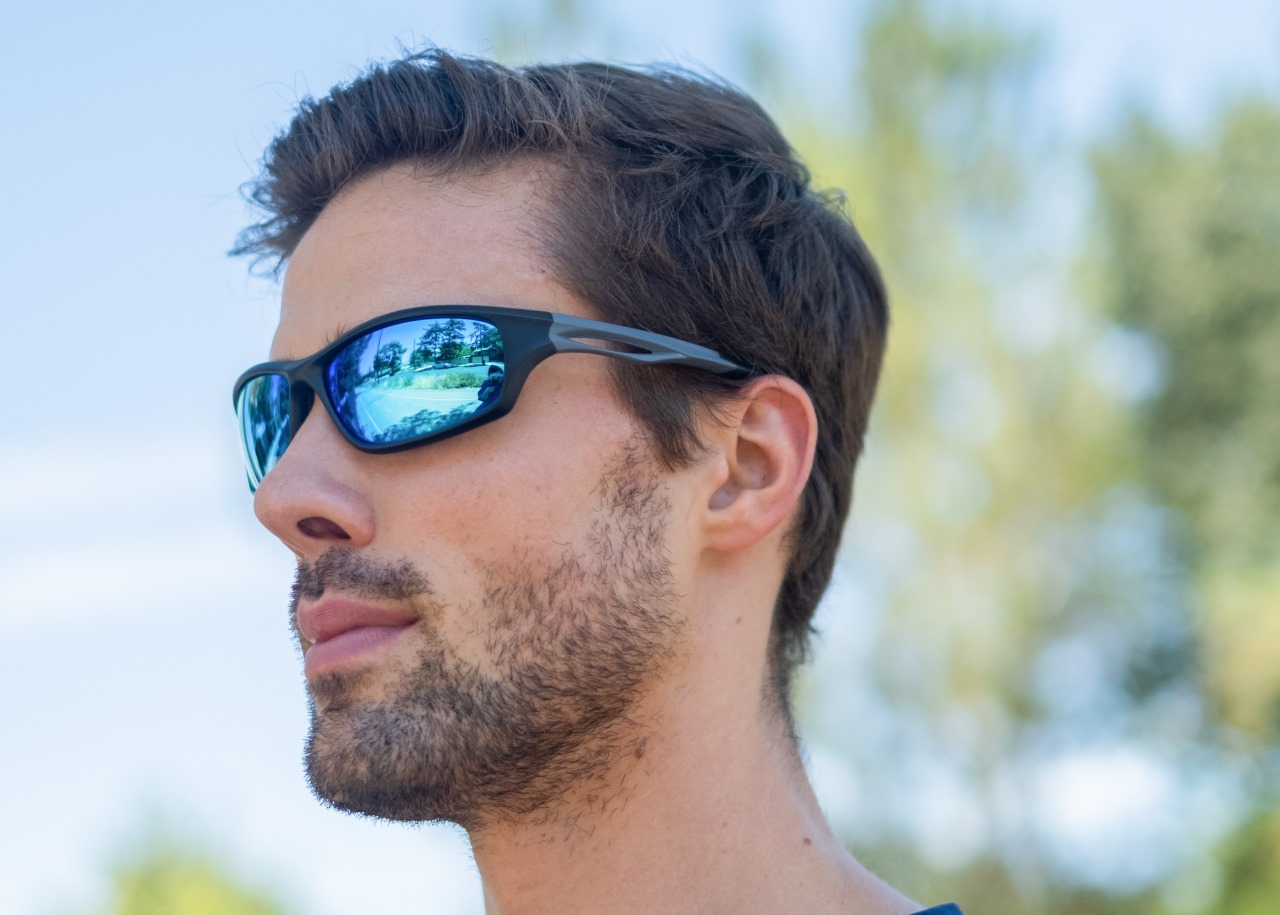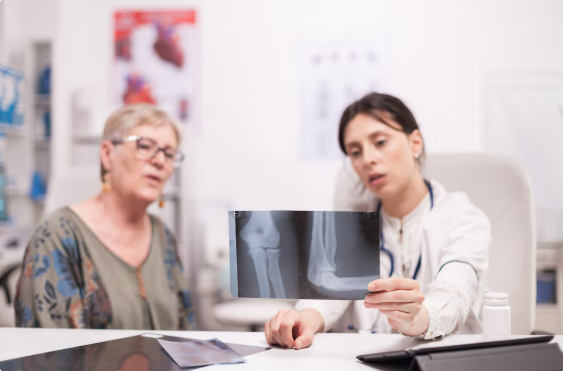When people think about workplace safety, hard hats, gloves, and steel-toed boots often come to mind. Yet, one of the most vulnerable parts of the body is often overlooked: the eyes. The human eye is delicate, and even minor exposure to harmful conditions can cause long-term damage. Unfortunately, many employees underestimate the risks, assuming eye injuries only happen in high-risk industries like construction or manufacturing. The truth is that hazards exist across a wide range of workplaces, and the consequences can be serious if proper workplace eye protection is ignored.
Common Workplace Hazards for Eye Health
There are several categories of workplace hazards for eye health, many of which are not as obvious as flying debris or chemical splashes. Some of the most common risks include:
1. Impact Hazards
Flying particles such as dust, wood chips, or metal fragments are leading causes of workplace eye injuries. Even small fragments can cause scratches, infections, or lasting vision problems. Tasks like grinding, drilling, or cutting generate airborne particles that move too quickly for workers to avoid. Without protective eyewear, a minor incident can turn into a serious injury.
2. Chemical Hazards
Chemical risks are present in more settings than just laboratories. Cleaning agents, solvents, and industrial fluids can cause burns, irritation, or permanent damage if they come into contact with the eyes. Even diluted substances may harm the cornea over time. Proper eyewear that shields against splashes and vapors is essential in any workplace where chemicals are present.
3. Radiation Hazards
Radiation exposure is often overlooked because it is invisible. UV and infrared light from welding or outdoor work can damage the eyes gradually, increasing the risk of cataracts or retinal injury. Even digital screens contribute to strain through blue light exposure. Prescription protective eyewear benefits workers in these environments by filtering harmful rays while maintaining clear vision.
4. Strain from Digital Screens
Computers, tablets, and other devices are now unavoidable at work. Extended screen use leads to digital eye strain, which causes blurred vision, headaches, and fatigue. Known as Computer Vision Syndrome, it affects office workers in particular. Over time, this strain reduces comfort and productivity. Prescription lenses designed for screen use can minimize glare and reduce stress on the eyes.
5. Biological Hazards
Healthcare and laboratory staff face risks from infectious fluids and microorganisms. Splashes or droplets can transmit disease directly through the eyes. In these environments, safety eyewear is a vital barrier against exposure, ensuring workers are protected while maintaining the clear vision they need to do their jobs effectively.
Why Standard Eyewear Is Not Enough
Many workers assume that their regular eyeglasses or sunglasses provide sufficient protection. This is a dangerous misconception. Everyday eyewear is not designed to withstand high-impact particles or chemical splashes. They may shatter on impact, turning into additional hazards. Even safety goggles without corrective lenses can be inconvenient for people who rely on vision correction, leading some to forgo protective equipment entirely.
This is where prescription safety glasses make a difference. Unlike standard glasses, they are built with materials tested for impact resistance and protection standards. They shield the eyes from both direct and peripheral risks while offering clear, corrected vision.
The Benefits of Prescription Protective Eyewear
Investing in prescription protective eyewear benefits both employees and employers. For workers, the advantages go beyond just comfort:
- Seamless vision correction and safety: Employees no longer need to juggle between regular glasses and protective gear. Prescription safety glasses combine the two into one reliable solution.
- Better compliance with safety protocols: When eyewear is comfortable and functional, workers are more likely to wear it consistently. This reduces the risk of accidents.
- Cost savings on healthcare: Preventing eye injuries avoids expensive medical treatments, downtime, and long-term vision loss.
- Improved productivity: Clear vision and reduced eye strain allow employees to stay focused and efficient throughout the day.
Employers also benefit. Fewer injuries mean reduced liability, lower insurance claims, and stronger compliance with occupational safety regulations.
Overlooked Risks in Everyday Work
It is easy to associate protective eyewear with factories, construction sites, or laboratories. Yet even environments considered “safe” have hidden risks:
- Office settings: Prolonged screen exposure causes digital fatigue and increases susceptibility to dry eye syndrome.
- Workshops and garages: Small dust particles or accidental chemical splashes often occur during routine tasks.
- Food industry: Workers may deal with hot oils, steam, or cleaning chemicals, all of which can cause eye injuries.
- Outdoor professions: Landscapers, surveyors, and agricultural workers are exposed to flying debris, pesticides, and harmful UV rays.
No workplace is completely free from potential hazards. The key is recognizing that everyday activities may carry more risk than they appear to.
The Link Between Safety Culture and Eye Protection
A strong safety culture is built on awareness and consistent use of protective equipment. Eye safety should not be treated as optional but as a fundamental part of workplace standards. Employers should provide training on potential risks and encourage workers to choose protective eyewear that fits their needs.
Many employees resist wearing bulky goggles or uncomfortable gear. Offering solutions that combine vision correction with durability is an effective way to increase compliance. Prescription safety glasses eliminate the excuse that protective eyewear interferes with comfort or visibility.
A Reliable Source for Prescription Safety Glasses
For those looking to invest in high-quality prescription safety glasses, it is important to choose a trusted source that specializes in durable, impact-resistant eyewear. Options designed specifically for workplace protection meet safety standards while accommodating individual prescriptions. One such resource is CA Glasses, where workers can find protective eyewear built to provide both safety and clear vision.
Conclusion
The eyes are often taken for granted until an accident happens. Yet vision loss or injury can permanently alter a person’s life and livelihood. Whether in a factory, an office, a lab, or outdoors, workplace hazards for eye health are more common than many realize. Fortunately, most risks can be minimized with the right protective gear.
Using prescription safety glasses ensures that workers who need vision correction do not have to compromise between clarity and protection. The prescription protective eyewear benefits are clear: better compliance, improved safety, and long-term preservation of eye health. Recognizing hidden risks and taking proactive steps is the best way to protect one of the body’s most valuable senses—the ability to see.




